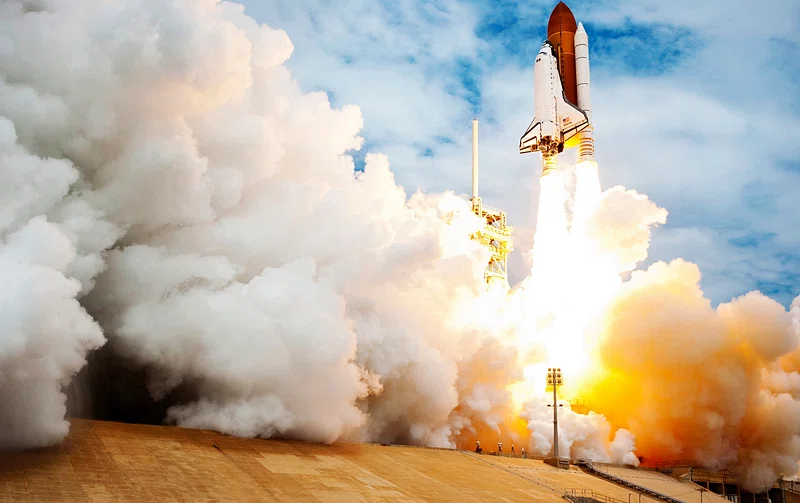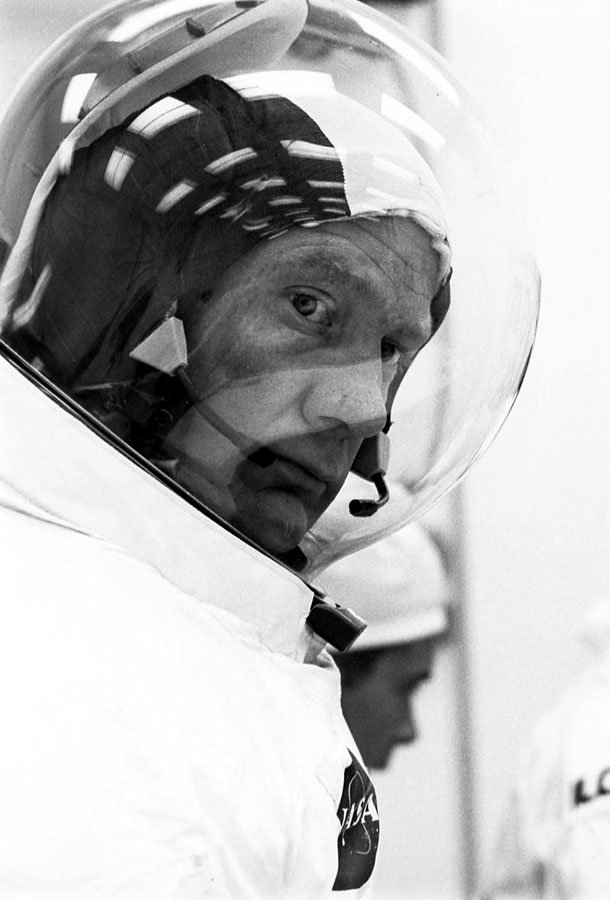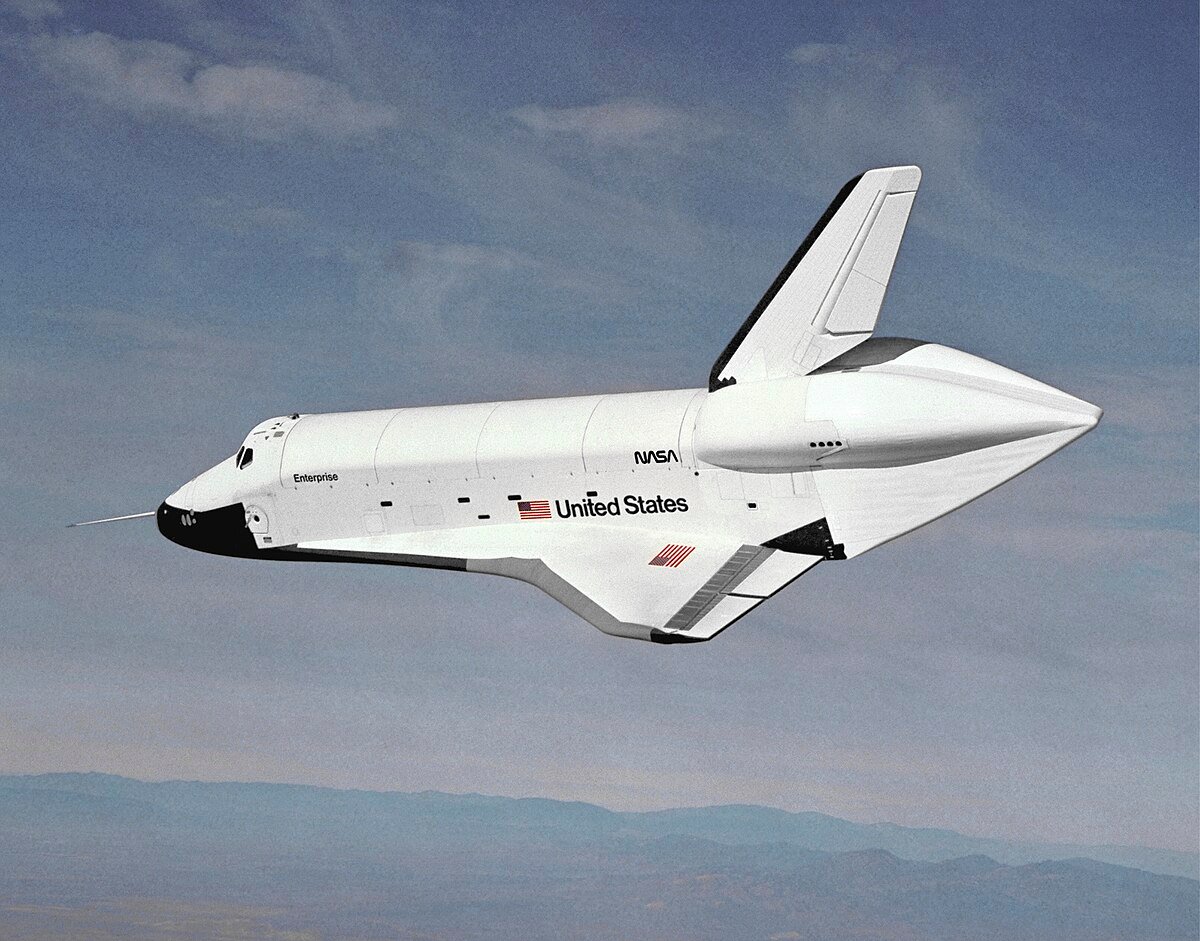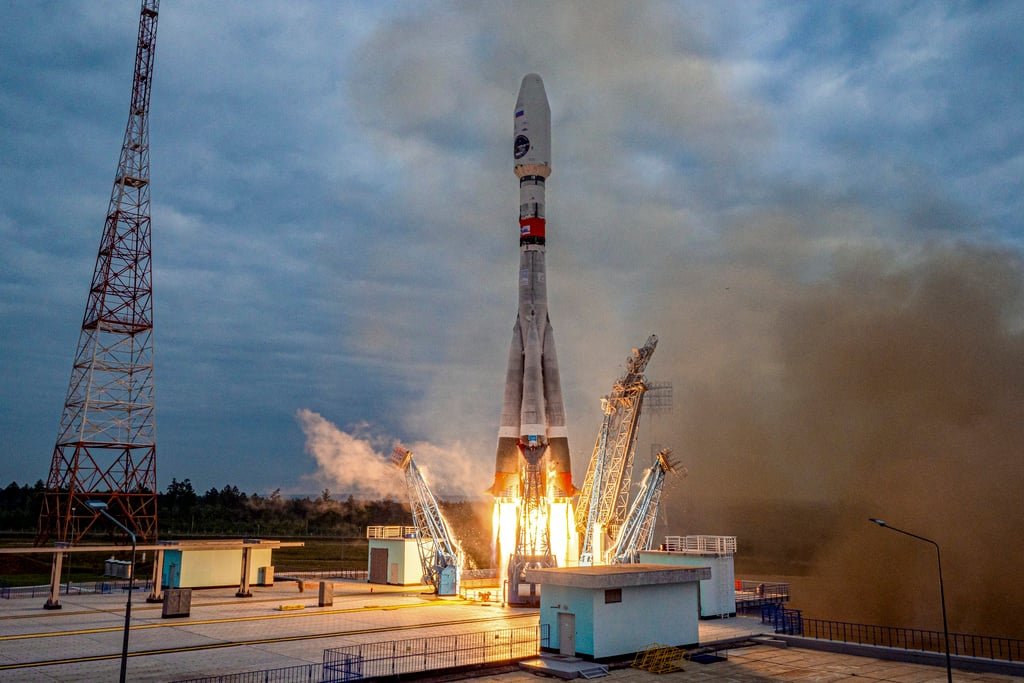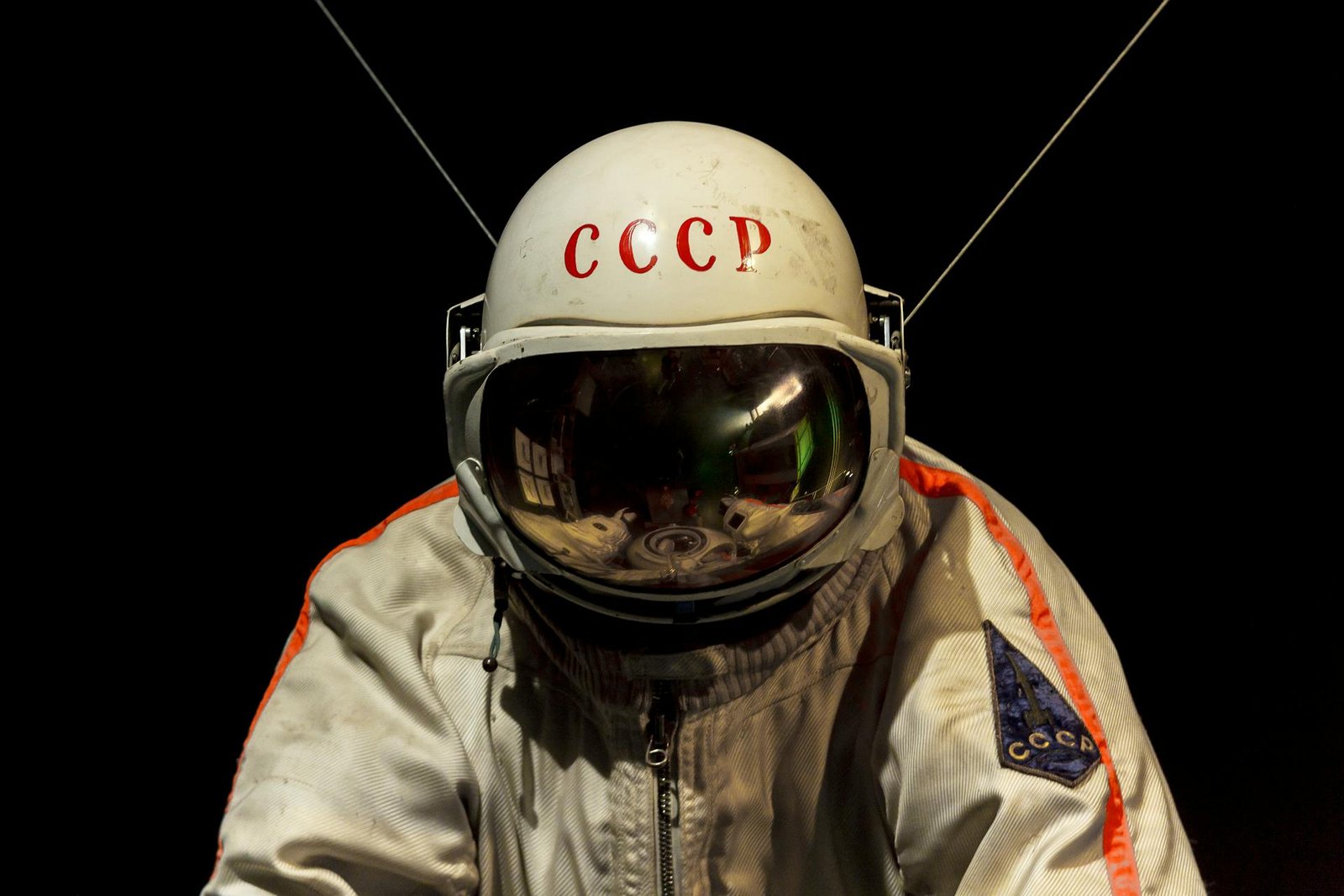Buzz Aldrin, synonymous with the epic journey of human space exploration, is an American astronaut whose indelible historical mark was etched during NASA’s groundbreaking Apollo 11 mission. This American astronaut’s significance in space exploration cannot be overstated, as he played a pivotal role in one of the most extraordinary events of the 20th century.
Born as Edwin Eugene Aldrin Jr., he would later embrace the nickname “Buzz,” a moniker bestowed upon him in his youth by his sister, who couldn’t pronounce “brother” correctly. It’s a name that would become synonymous with his legacy, echoing through the annals of space history.
Buzz Aldrin’s most iconic moment came on July 20, 1969, when he became the second human being, following Neil Armstrong, to set foot on the lunar surface during the Apollo 11 mission. As he descended the lunar module’s ladder and stepped onto the moon’s dusty surface, his words, “That’s one small step for [a] man, one a giant leap for mankind,” resounded across the globe, encapsulating the dreams and aspirations of an entire planet.
Beyond his momentous lunar footsteps, Buzz Aldrin’s contributions to space exploration extend to pioneering spacewalks during the Gemini 12 mission and advocating for the future of human space exploration, notably promoting the colonization of Mars. His experiences and vision have inspired generations of scientists, engineers, and dreamers to reach for the stars.
In this exploration of Buzz Aldrin’s life and career, we will delve into the remarkable journey of this American astronaut, from his early days as a combat pilot to his historic lunar landing and his enduring commitment to NASA’s mission of exploring the cosmos. Join us as we uncover the story of Buzz Aldrin, a true legend in the history of space exploration.
Table of Contents
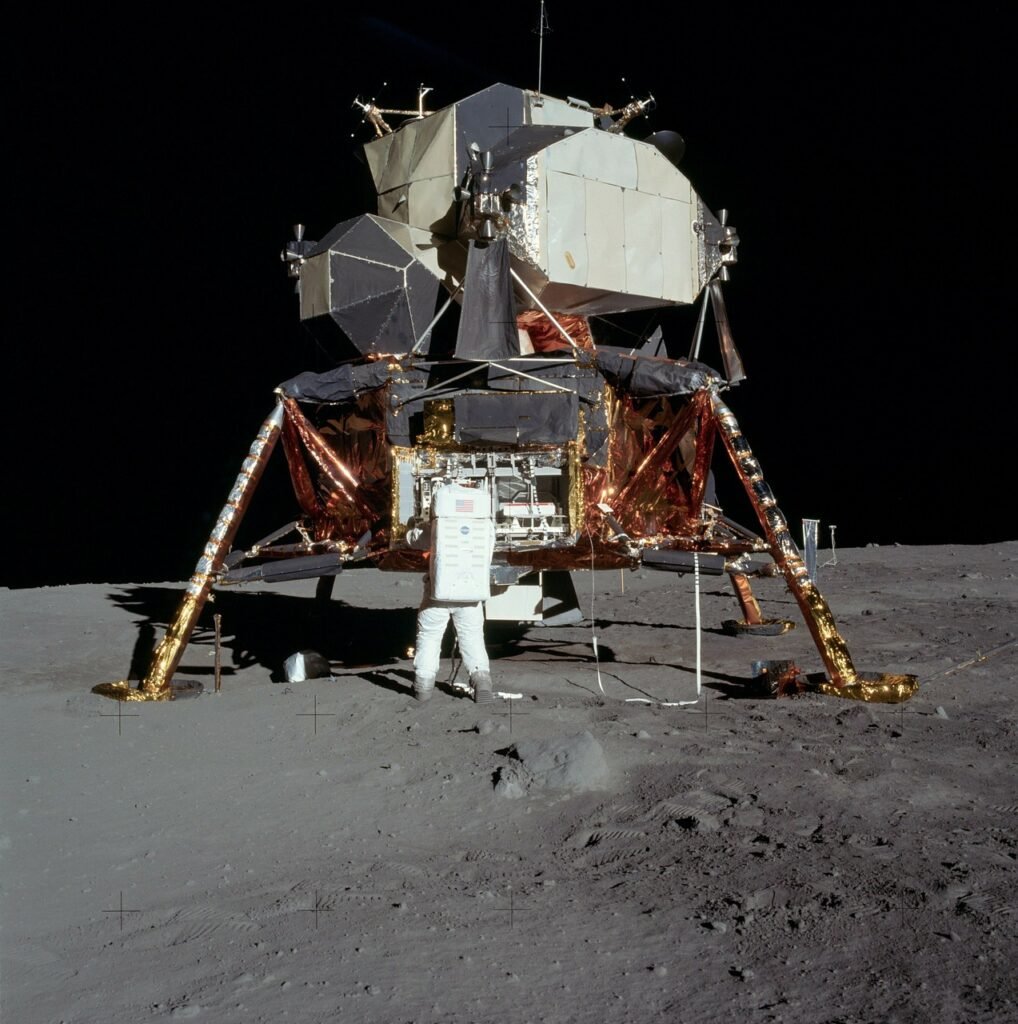
What are 5 facts about the Apollo 11 mission?
The Apollo 11 mission was a historic event in the history of space exploration. Here are five key facts about the Apollo 11 mission:
First Manned Moon Landing
Apollo 11 was the first mission to land humans on the moon successfully. On July 20, 1969, astronauts Neil Armstrong and Buzz Aldrin touched the lunar surface while Michael Collins orbited the moon in the command module.
Famous Words
Neil Armstrong’s famous words as he stepped onto the lunar surface were, “That’s one small step for [a] man, one giant leap for mankind.” This iconic phrase captured humankinds significance and became etched in history.
Lunar Module
The lunar module that transported Armstrong and Aldrin to the moon was named the “Eagle.” It separated from the command module, piloted by Michael Collins, and descended to the moon’s surface. The module was later used to return to the command module for the journey back to Earth.
Lunar Activities
Neil Armstrong and Buzz Aldrin spent about 21 hours on the lunar surface. While there, they conducted experiments, collected rock and soil samples, and took photographs. They also planted the American flag and left a plaque on the lunar module with the inscription: “Here men from the planet Earth first set foot upon the Moon, July 1969 A.D. We came in peace for all humankind.”
Return to Earth
Armstrong and Aldrin rejoined Collins in the command module after their historic moonwalk. They left the moon’s orbit on July 22 and safely splashed in the Pacific Ocean on July 24, 1969. The USS Hornet aircraft carrier recovered the crew.
The Apollo 11 mission was a monumental achievement in human history, symbolizing the pinnacle of scientific and technological accomplishment and the spirit of exploration and cooperation among nations. It paved the way for subsequent lunar missions and left an enduring legacy in space exploration.
10 Interesting Facts about Buzz Aldrin
Buzz Aldrin, whose full name is Edwin Eugene Aldrin Jr., is a renowned American astronaut who made history as the second person to set foot on the moon during NASA’s Apollo 11 mission in 1969. Here are some interesting facts about Buzz Aldrin:
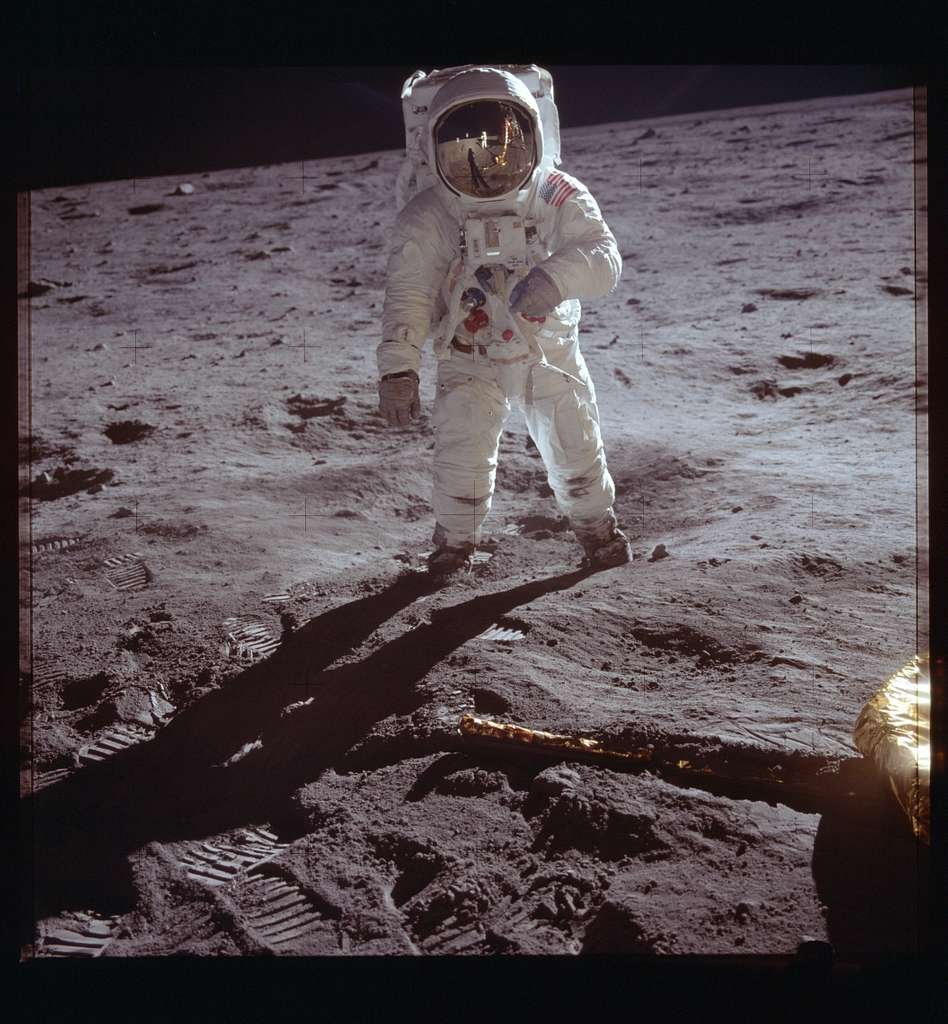
Moonwalker
On that momentous day, July 20, 1969, Buzz Aldrin and Neil Armstrong embarked on humanity’s most audacious adventure as they touched the lunar surface. As Michael Collins circled the moon in the command module, Aldrin descended with Armstrong in the lunar module, named the “Eagle.” In a historic act of human achievement, Buzz Aldrin followed Armstrong’s iconic first step, becoming the second person ever to set foot on the moon. Armstrong’s poignant words, “That’s one small step for [a] man, one giant leap for mankind,” echoed across the Earth, capturing the profound significance of their journey and uniting people worldwide in a shared moment of awe and inspiration.
Name Change
Buzz Aldrin’s decision to change his name from Edwin Eugene Aldrin Jr. to “Buzz” is a unique and heartwarming story. The nickname “Buzz” was coined by his younger sister Fay Ann Aldrin, who struggled to pronounce “brother” correctly when she was a child. This endearing family nickname became his lifelong identity and is now known worldwide. The choice to officially change his name to “Buzz” in 1988 not only reflects his attachment to the name but also symbolizes his embrace of a name that carries the legacy of his incredible journey to the moon, making it an integral part of his identity as an astronaut and space pioneer.
Educational Background
Buzz Aldrin’s academic achievements are a testament to his intellectual prowess and dedication to the field of aerospace. After graduating from the prestigious U.S. Military Academy at West Point in 1951, he earned a degree in mechanical engineering, setting a strong foundation for his future endeavors as an astronaut.
His pursuit of knowledge didn’t stop there. Aldrin went on to earn a Ph.D. in astronautics from the renowned Massachusetts Institute of Technology (MIT) in 1963. This advanced degree equipped him with the expertise needed for the complex challenges of space travel and exploration, and it solidified his position as a leading figure in the field of astronautics and space science.
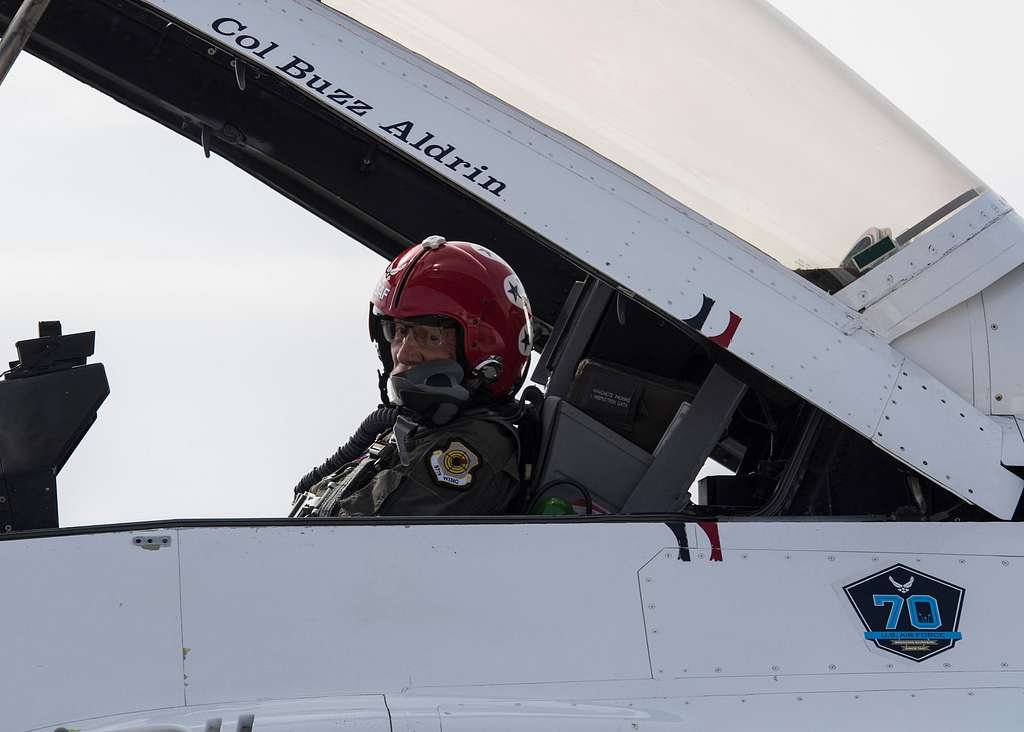
Combat Pilot
Before embarking on his celebrated career as an astronaut, Buzz Aldrin demonstrated exceptional bravery and skill as a fighter pilot in the United States Air Force. During the Korean War, he flew an impressive total of 66 combat missions, where he displayed unmatched courage in aerial combat. His remarkable achievements include downing two enemy MiG-15 aircraft, showcasing his exceptional prowess in the cockpit.
Aldrin’s courage and dedication to his country were duly recognized, leading to his being awarded the prestigious Distinguished Flying Cross for his outstanding service and contributions to the defense of the United States. His military career was a testament to his unwavering commitment to excellence and a precursor to his historic journey into space.
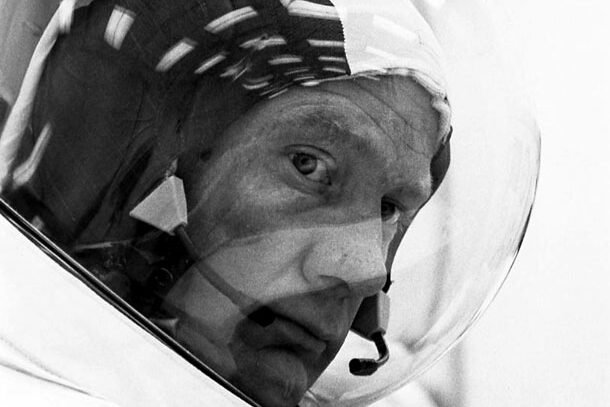
Spacewalk Pioneer
Buzz Aldrin’s pioneering spacewalk during the Gemini 12 mission 1966 marked a significant milestone in the history of extravehicular activities (EVAs). Lasting over five hours, this spacewalk tested Aldrin’s endurance and courage and a crucial learning experience for NASA’s moon landing ambitions. During this EVA, Aldrin successfully demonstrated key techniques, such as using handrails Titled for stability and a tether to prevent drifting in the vacuum of space. These techniques were instrumental in ensuring the safety and success of subsequent moonwalks during the Apollo program, solidifying Aldrin’s vital role in preparing humanity for its historic lunar missions.
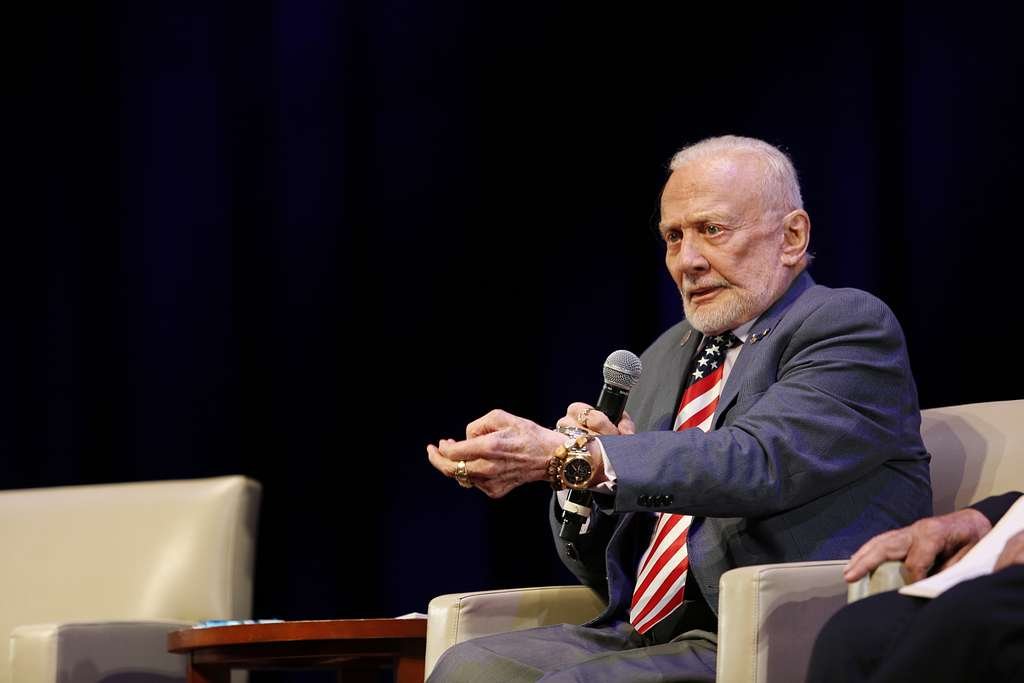
Post-Apollo Career
Following his retirement from NASA and the Air Force, Buzz Aldrin ventured into a multifaceted post-astronaut career showcasing his remarkable versatility. He authored several compelling books, such as “Return to Earth” and “Magnificent Desolation,” which chronicled his space missions and courageously delved into his battle with depression, shedding light on the emotional toll of space exploration.
Aldrin’s influence extended beyond the literary world, as he made guest appearances on various television shows, including the iconic “The Simpsons.” In an unexpected turn, he even appeared in the blockbuster film “Transformers: Dark of the Moon,” where he added an extra layer of authenticity to the sci-fi narrative, solidifying his status as a cultural icon and a space pioneer.
Advocacy and Space Visionary
Buzz Aldrin’s advocacy for space exploration and Mars colonization is unwavering. Through the ShareSpace Foundation, he has provided a platform to nurture the next generation of scientists and innovators by emphasizing STEM education. Aldrin’s vision extends to Mars, where he proposed the “Aldrin Mars Cycler” concept. This innovative idea involves a spacecraft that continually cycles between Earth and Mars, serving as a transportation system for humans and cargo. It aims to establish a sustainable human presence on the Red Planet, revolutionizing our approach to interplanetary travel. Aldrin’s foresight and dedication to the future of space exploration inspire scientists and society to dream big and reach for the stars.
Martial Artist
Buzz Aldrin’s lesser-known prowess in taekwondo adds a unique dimension to his multifaceted personality. Achieving a black belt in this martial art showcases his exceptional physical and mental discipline, traits undoubtedly honed during his astronaut training. Aldrin has leveraged his taekwondo skills to emphasize the importance of physical fitness and self-discipline for astronauts and everyone on Earth.
The fact that he took a taekwondo flag to the moon underscores his commitment to promoting the sport and its principles. Even in the extreme space environment, Aldrin’s dedication to physical fitness and self-improvement remained unwavering, serving as an inspiring example for individuals seeking to conquer earthly and celestial challenges.
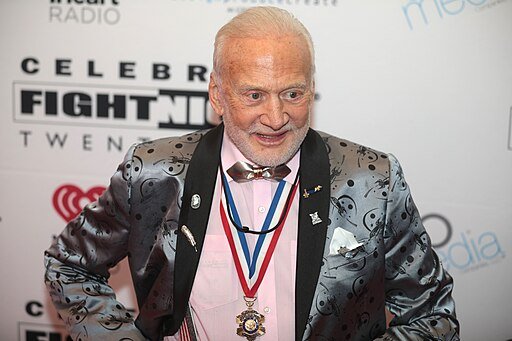
Presidential Medal of Freedom
In 1969, the Presidential Medal of Freedom, United States’ highest civilian honor, was bestowed upon Buzz Aldrin and his fellow Apollo 11 astronauts, Neil Armstrong and Michael Collins, by President Richard Nixon. This prestigious award recognized their remarkable contributions to space exploration and their historic achievement of landing on the moon. The Apollo 11 mission symbolized not only American prowess but also humanity’s collective efforts in pushing the boundaries of scientific knowledge and exploration. The Presidential Medal of Freedom served as a testament to their courage, dedication, and the enduring legacy of their mission, inspiring generations of scientists, astronauts, and dreamers to reach for the stars.
Personal Struggles
Buzz Aldrin’s candidness about his battles with alcoholism and depression after his historic lunar mission is a testament to his resilience and humanity. While many saw him as a hero, he didn’t shy away from sharing his vulnerabilities. He became a powerful advocate for mental health awareness and addiction recovery by doing so. Aldrin’s willingness to discuss these challenges helped destigmatize mental health issues and encouraged others to seek help. His story serves as a reminder that even those who achieve extraordinary feats can grapple with inner struggles, and seeking assistance is a sign of strength. Buzz Aldrin’s openness continues to inspire and support individuals facing similar challenges.
Buzz Aldrin’s legacy indeed transcends the iconic moment of his historic moonwalk. His lifelong commitment to space exploration and his unwavering advocacy for science and education have made him an enduring figure in the world of astronautics.
Aldrin’s passion for space exploration remains undiminished, and he has been a vocal proponent of pushing the boundaries of human exploration. He has tirelessly championed the idea of sending humans to Mars, emphasizing the importance of venturing further into the cosmos to ensure the survival and advancement of our species. His vision for a sustainable human presence on Mars has ignited the imaginations of scientists, engineers, and space enthusiasts worldwide.
Moreover, Buzz Aldrin’s dedication to education and the promotion of STEM (Science, Technology, Engineering, and Mathematics) fields is commendable. Through his ShareSpace Foundation, he has inspired countless young minds to pursue careers in these disciplines, fostering the next generation of scientists, engineers, and astronauts.
In an era when space exploration is again at the forefront of human ambitions, Buzz Aldrin’s legacy continues to serve as a guiding star, illuminating the path for future generations to reach for the stars and achieve the seemingly impossible. His impact on science, education, and the dream of exploring the cosmos is immeasurable and will endure for generations.

